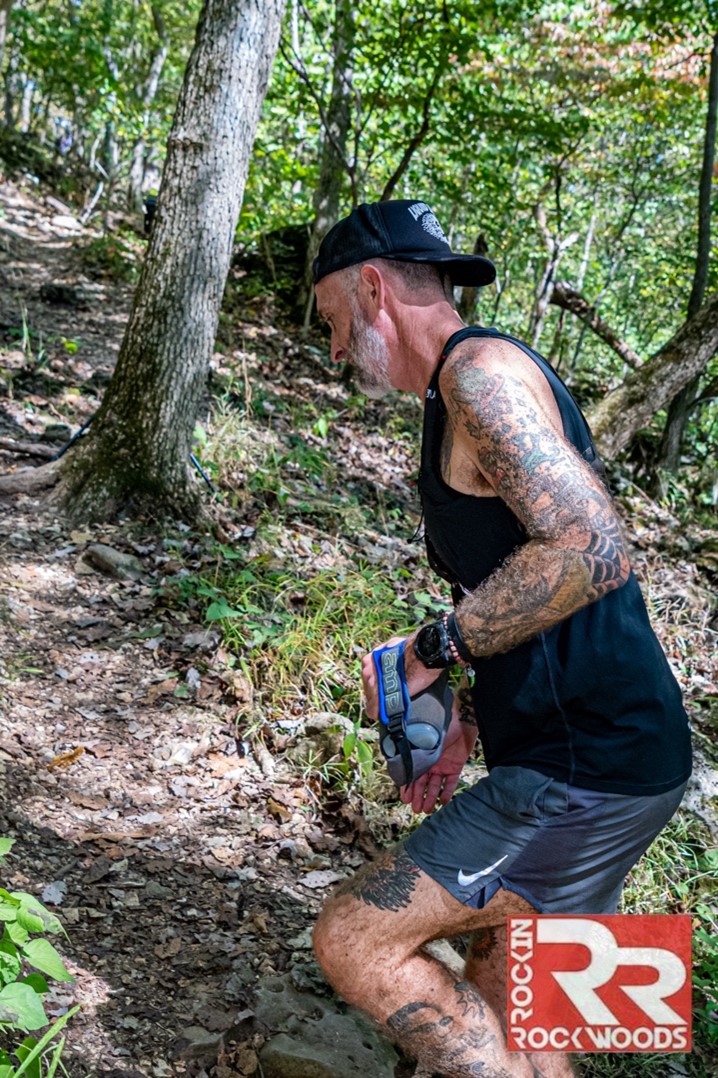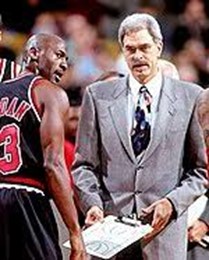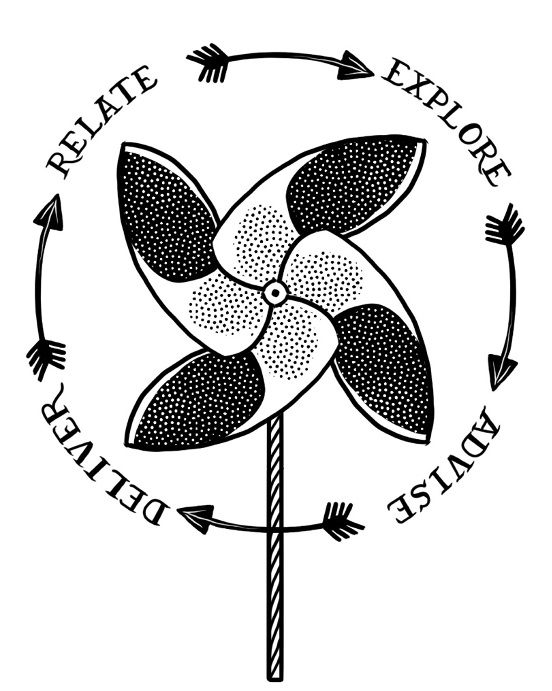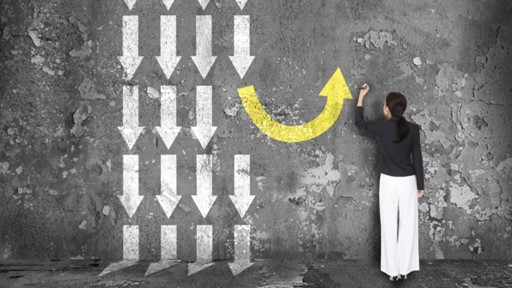
EXECUTE: STOP OVERTHINKING AND START DOING
When I think about dental sleep conferences, I’m always reminded of the legendary tale of Wolfgang Amadeus Mozart and a young aspiring composer.
A young man came to Mozart and said, “I want to compose symphonies. I want to talk to you about that.”
Mozart said, “How old are you?”
“Twenty-two.”
“You’re too young to do symphonies,” Mozart said.
“But you were writing symphonies when you were ten years old.”
“Yes, but I wasn’t running around asking other people how to do it.”
Mic drop.
There’s a recurring theme among your colleagues—bright minds with vast potential, but who struggle to take the leap from theory to practice. They’re the ones who are always on the brink of transforming DSM but never quite take that crucial step.
We’re all familiar with analysis paralysis. We analyze, over-analyze, then re-over-analyze. Again. This crippling, fear-centric behavior is prevalent among dental sleep practitioners. Their intentions are good, but their actions fall short. They sit on the sidelines, Monday morning quarterbacking the discussion away. There’s always a new anecdote or an article that’s a cause for pause. If not that, it’s some practice or personal affair that impedes action. Once that’s resolved, then they’ll start screening patients, then they’ll begin reaching out to physicians, then they’ll begin a training program for their team. The heart of the issue lies not in the lack of knowledge or passion but in the fear of action. We hear countless dentists boasting about their plans for DSM, yet too few take the necessary steps to bring their vision to life. It’s like having a brilliant symphony in your head but never putting pen to paper.
I’m not dissing you from my glass house. I’ve certainly succumbed to the dreaded analysis paralysis. When I first started running on trails, I considered purchasing a pair of shoes specifically designed for this type of running. I ruminated about whether I actually needed them. Then I asked a couple people who ran trails. They recommended the shoes highly. I followed up with some research online, then read more articles, product comparisons, and varying views on what criteria really matter when purchasing trail shoes. Eventually I made it to the running store, asked some questions, and tried on a couple of pairs.
 Two weeks later, I finally bought a pair of shoes. I ran in them and didn’t lose footing, slip down descents, or crumple when I banged my toe against boulders. The shoes made my runs much better, but it was still just running. It wasn’t that different from what I’d been doing. If I could do it over, I wouldn’t have wasted three weeks pondering every inane detail about toe drops and water resistance levels. I would have spent the time running trails.
Two weeks later, I finally bought a pair of shoes. I ran in them and didn’t lose footing, slip down descents, or crumple when I banged my toe against boulders. The shoes made my runs much better, but it was still just running. It wasn’t that different from what I’d been doing. If I could do it over, I wouldn’t have wasted three weeks pondering every inane detail about toe drops and water resistance levels. I would have spent the time running trails.
Loaded question: Which appliance is best?
Simple answer: The device that’s best for the patient and they’ll actually wear all night, most nights.
That’s it. Are some better than others? Sure—if your patient was confined to a closet for 16 years and is now claustrophobic, a TAP device probably isn’t the way to go. Someone in your chair with lowers they’ve bruxed into nubs? Skip an EMA on that one. That first patient would probably do just fine with an EMA and the second would likely do well with a TAP device. Learn. Do. Repeat. Don’t stop at the first step. Nike sums it up in three words, “Just Do It.” Start here and now.
In his brilliant War of Art, Steven Pressfield anthropomorphizes this reluctance to act as The Resistance. He deftly describes situations we’ve all encountered and presents actionable steps to overcome sleep-practice-killing resistance. You can frame your caution as due diligence, and it probably started out that way, but don’t analyze until the opportunity has passed or you’ve snuffed out any meaningful momentum.
 In 1933, psychologist Carl Jung replied to a letter from someone inquiring about how to live a good life. His thoughtful response: “Your questions are unanswerable because you want to know how one ought to live. One lives as one can. There is no single, definite way for the individual which is prescribed for him or would be the proper one…But if you want to go your individual way, it is the way you make for yourself, which is never prescribed, which you do not know in advance, and which simply comes into being of itself when you put one foot in front of the other.”
In 1933, psychologist Carl Jung replied to a letter from someone inquiring about how to live a good life. His thoughtful response: “Your questions are unanswerable because you want to know how one ought to live. One lives as one can. There is no single, definite way for the individual which is prescribed for him or would be the proper one…But if you want to go your individual way, it is the way you make for yourself, which is never prescribed, which you do not know in advance, and which simply comes into being of itself when you put one foot in front of the other.”
Even though it’s called a “practice,” we can’t treat it like a perpetual dress rehearsal. No one has all the answers, and that’s okay. We learn as we go, and it’s through action that one grows and evolves as a practitioner. Let’s stop waiting for the perfect moment or all the information we think we need. Instead, start now. The best time to plant a tree was 20 years ago. The second best time is right now. Execute.
—————————————————————————————————————————————————————————————-
If you want other selfy-helpy personal growth insights for dentists, check out a copy my new bestselling book Transform Dental Sleep available on Amazon.


R.E.A.D. THE ROOM
R.E.A.D. THE ROOM The consultative selling process is invaluable. It…


